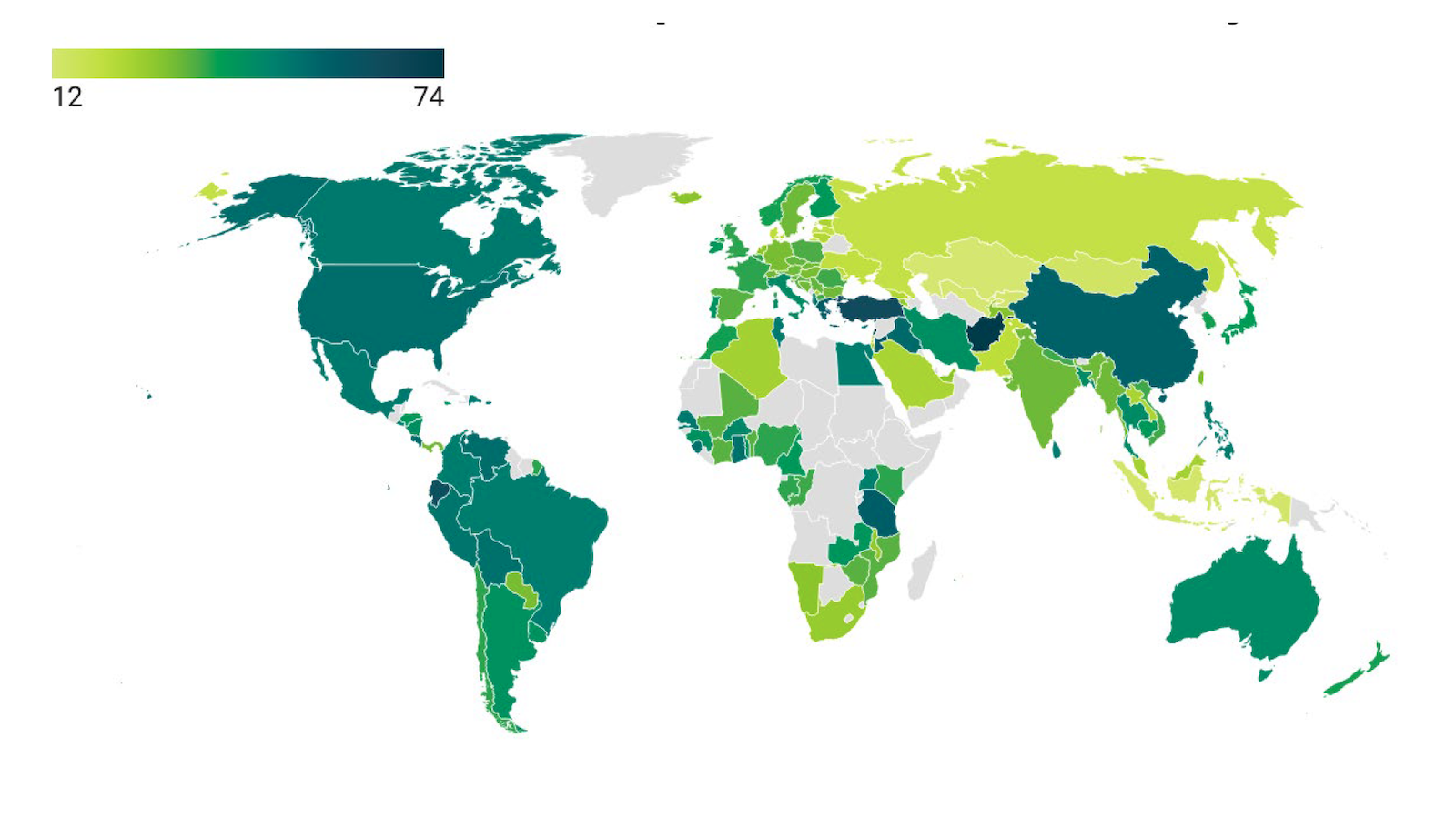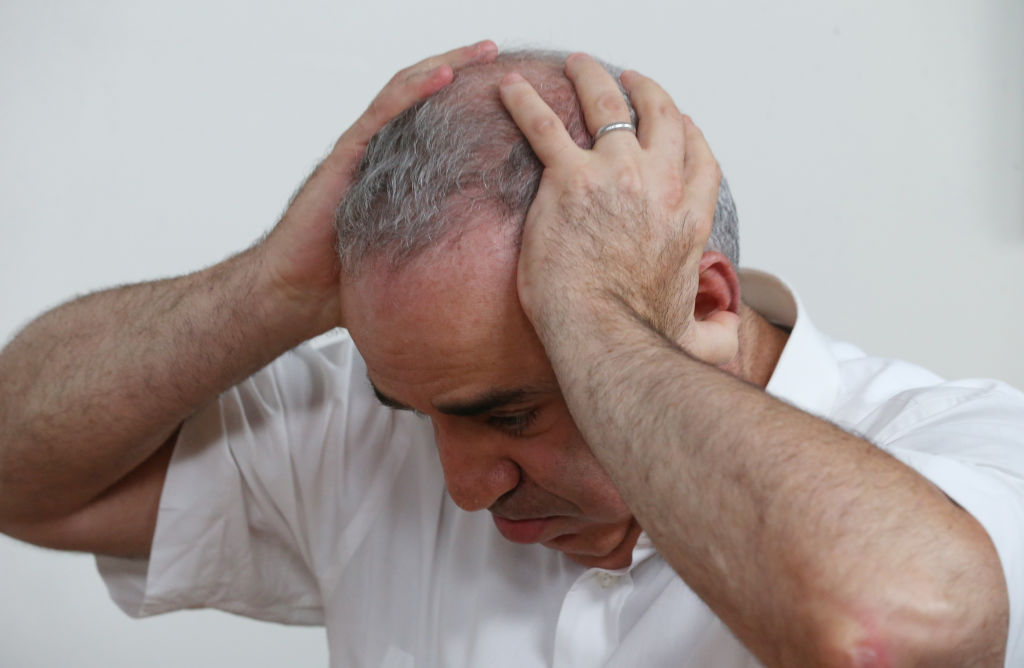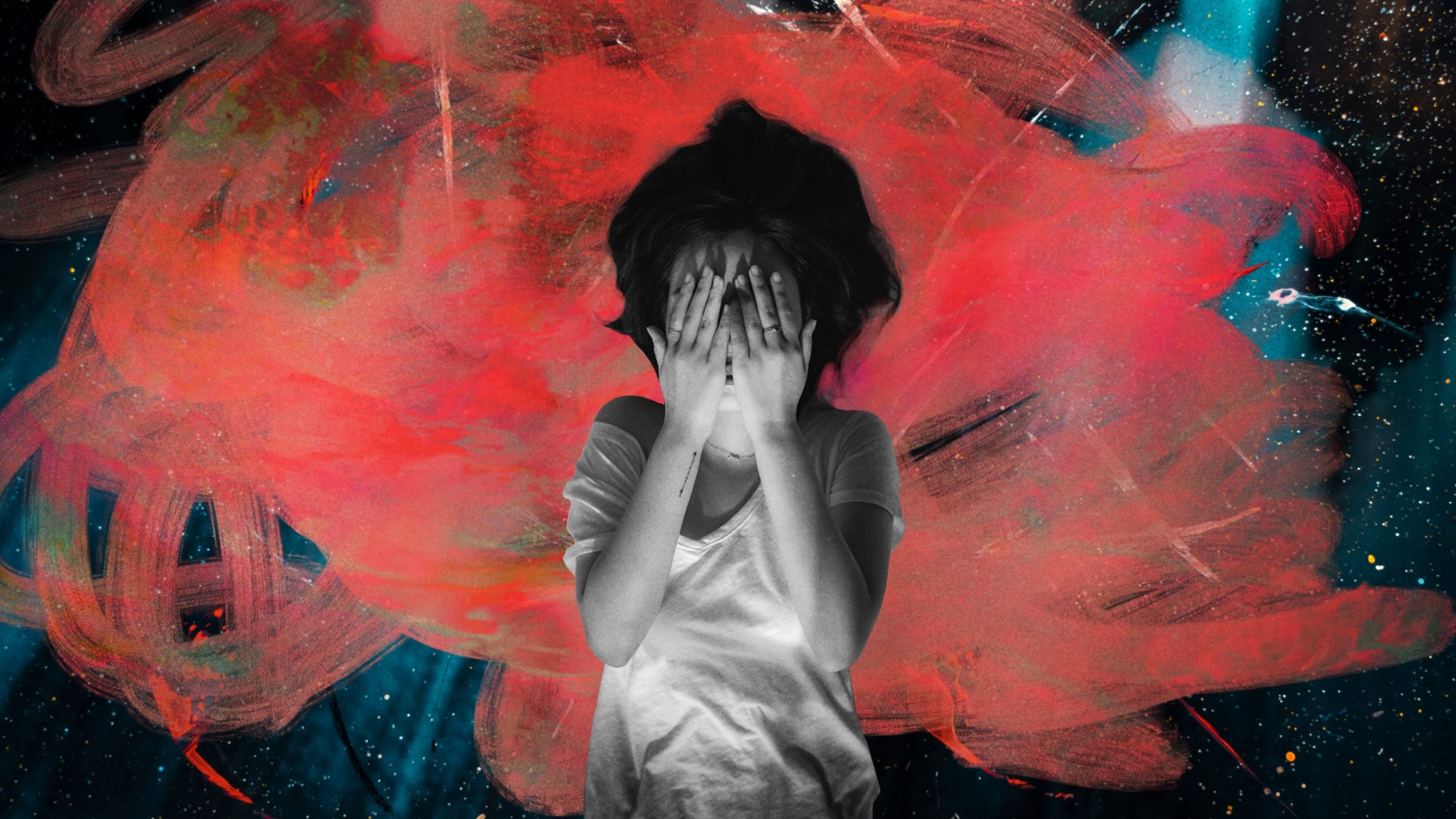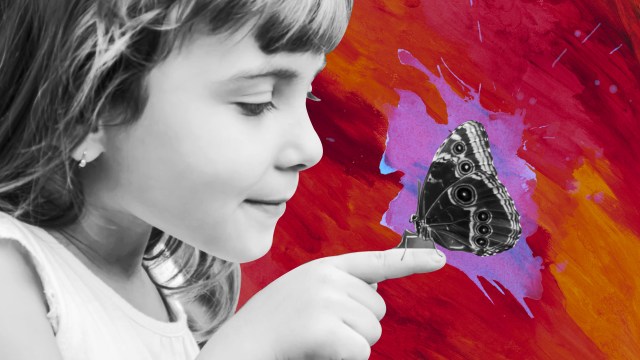Emotional distress is rising worldwide. Why?
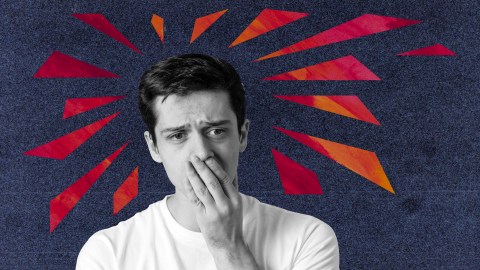
- According to a recent survey of 1.5 million people from 113 countries, the prevalence of feelings of distress rose from 25.16% in 2009 to 31.19% in 2021.
- A drastic rise in media negativity since 2009 may partly explain this trend.
- To counter media-fed emotional distress, psychologists have recommended turning off smartphone notifications from news sources, limiting the time spent on social media, and becoming more well-versed in risk perception.
Starting in the early 21st century, analytics firm Gallup has been prompting millions of people from 165 countries with this statement:
“Please think about yesterday, from the morning until the end of the day. Think about where you were, what you were doing, who you were with, and how you felt.”
The firm then asks about the emotions people experienced “a lot of” during the previous day, both positive and negative. Respondents’ answers to this and many other queries form the backbone of Gallup’s Global Emotions report.
Feelings of distress
A pair of psychologists, Michael Daly from Maynooth University in Ireland and Lucía Macchia from the City University of London in the United Kingdom, recently trawled through that data and turned up a troubling finding: emotional distress has risen considerably between 2009 and 2021.
In a paper recently published in the Proceedings of the National Academy of Sciences, Daly and Macchia detailed how they arrived at that result. The duo analyzed a dataset of responses from 1.5 million adults in 113 countries, utilizing data only from nations with statistics from a majority of the conducted survey waves, ensuring consistency and completeness. A person was considered to feel emotional distress if they reported experiencing a lot of stress, worry, sadness, or anger the prior day.
“The prevalence of feelings of distress rose from 25.16% in 2009 to 31.19% in 2021, an overall increase of 6.03 percentage points,” Daly and Macchia reported.
As figures from the study show, the rise has been steady over the past decade, with a distinct spike coinciding with the COVID-19 pandemic in 2020.
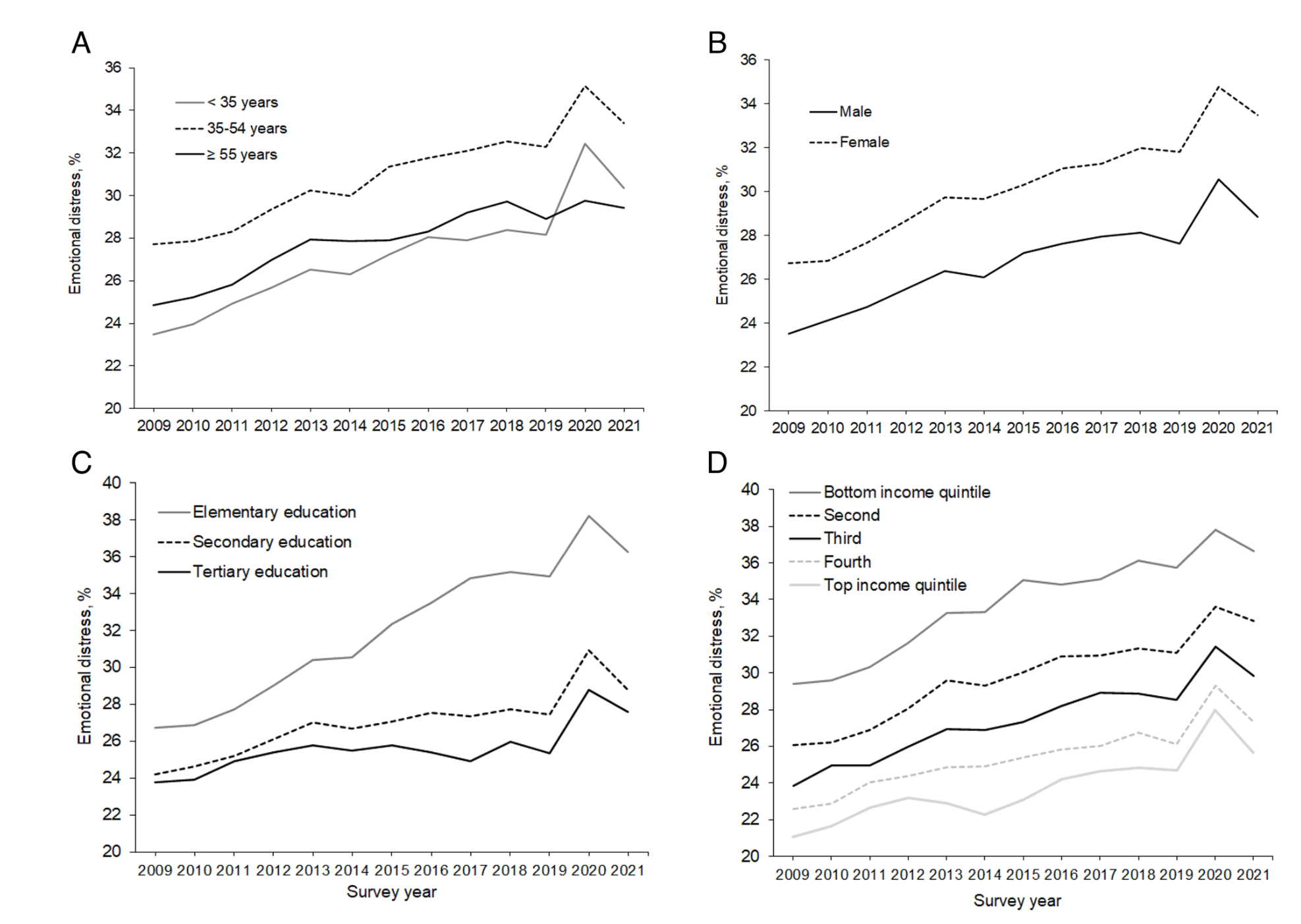
Notably, emotional distress rose most for people with only elementary education and for people in the lowest income bracket, though people from all socioeconomic backgrounds reported an increase. People between ages 15 and 35 reported the largest rise in distress compared to middle-aged (35 to 54) or older (55+) adults. About a third of females reported feeling emotional distress, while 29% of males did.
Also noteworthy: though the COVID-19 pandemic didn’t really start to wane until mid-2022 for most countries, populations appeared to mentally endure it well, as indicated by the marked decline in distress in 2021, returning to the long-term trend-line. This finding is consistent with other recently published studies suggesting that the mental health impact of the pandemic was far smaller than initially feared.
“Populations flexibly adapted to the stressful circumstances of the pandemic and recovered relatively quickly from the distressing impact of the initial lockdown period,” the authors commented.
The study’s broader finding — of a world with increasingly stressed inhabitants — has also been evinced in other research efforts. So what explains it?
The researchers chose not to speculate, but that doesn’t mean we can’t. A glaring correlation comes to mind: Since roughly 2009, headlines of stories in popular media have grown increasingly negative. Denotations of anger, fear, disgust, and sadness in headlines have jumped sharply, according to an analysis published last fall. Couple this trend with the rise of social media, where news is readily viewed and rapidly shared, and you have a recipe for rising emotional distress.
The CDC’s most recent Youth Risk Behavior Survey, released earlier this year, highlights similarly concerning trends. A standout is that 57% of high-school girls in 2021 reported experiencing “persistent feelings of sadness or hopelessness” during the past year, an increase from 36% in 2011. (The survey didn’t explore potential causes, though some psychologists point to social media.)
To counter media-related emotional distress, psychologists have recommended turning off smartphone notifications from news sources, limiting the time spent on social media, and becoming more well-versed in risk perception. Most of the things we’re anxious over aren’t actually cause for alarm.
